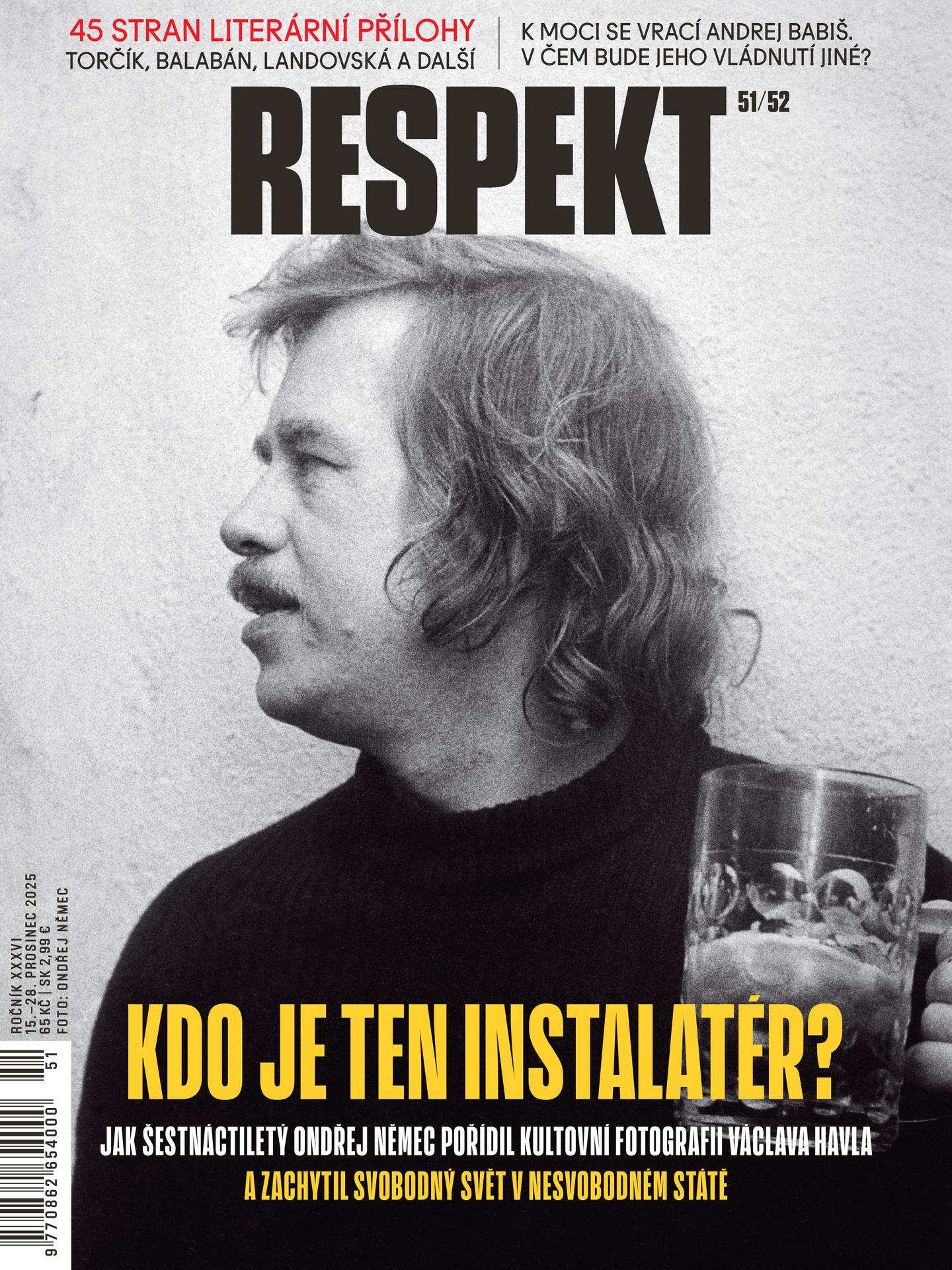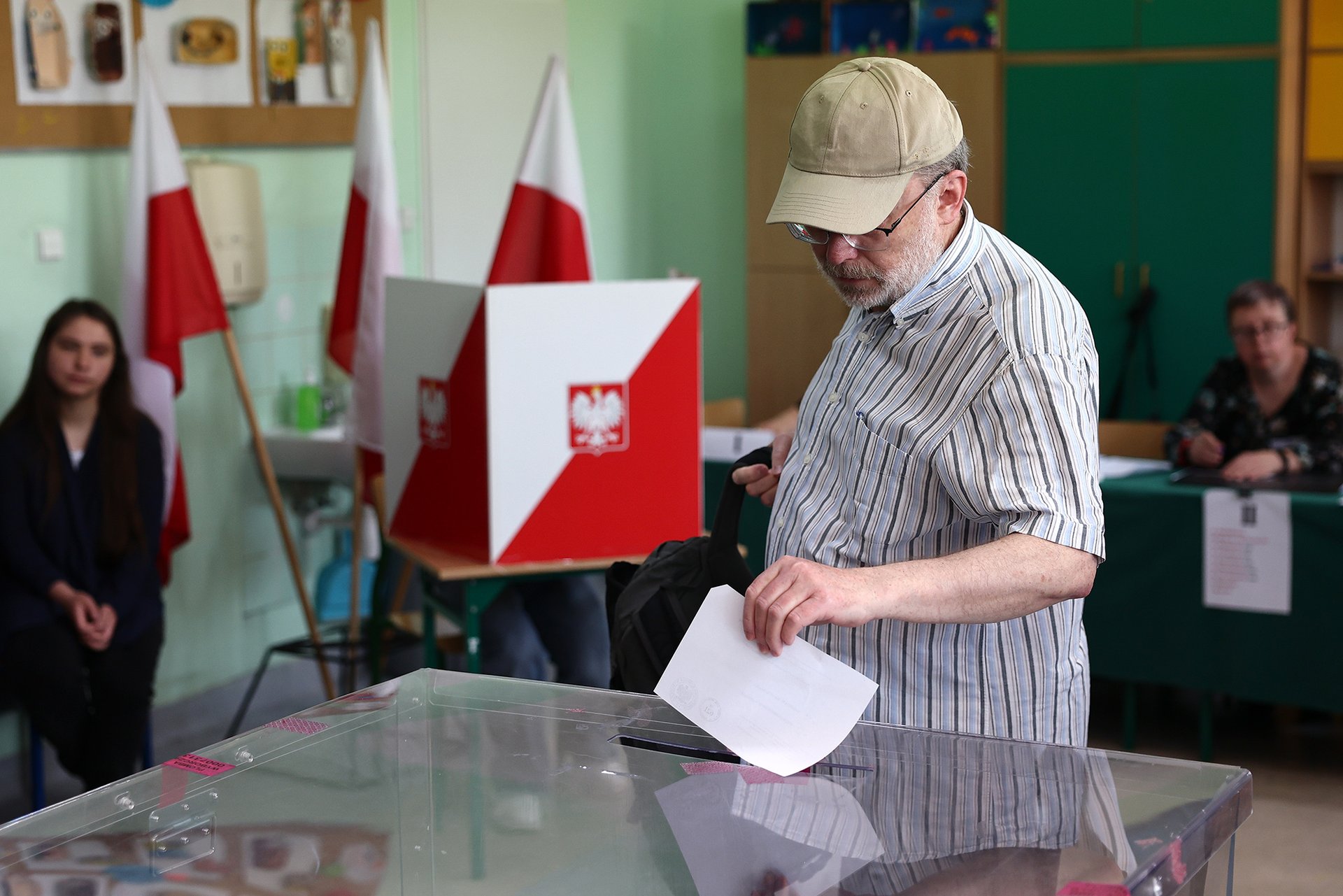Street Art Sponsored by the State

The first time he was arrested for spray-painting on walls was in 1996. Being only 14 years old at the time, he was released after a few hours. Since then, he has had a number of encounters with the police. When he couldn't escape, he had to pay a fine or spend a night in the cells. Today, Cryptic 257 creates vending machines from which you can buy a can of spray paint for 50 crowns. The cans are labelled „Use for vandalism only.“ Should police hassle him about this, he can always argue that the machines, known as „Graffomats,“ are government-sponsored and therefore legal.


It looks like Czech street artists have finally made it – but it's not as clear-cut as it seems. The local street art community has entered a phase typical for any subculture: it has gone from being a marginal art community to becoming a widely accepted part of mainstream culture. There are even a number of festivals celebrating Czech street art. On top of that, works of street art are exhibited in galleries and sold at art fairs. All with the financial support of city councils.
The current Metropolis exhibition, of which the Graffomat project is a part, couldn't be a better example: created by former street artists with plenty of experience of being chased by the police, it was selected for the Shanghai Expo – hence the financial support from the government – and can now be seen at DOX, the country's biggest and, in my opinion, best private gallery, located in Prague's Holešovice district. It's worth bearing in mind, however, that if a street artist went to work outside DOX's walls, the police would soon be on the scene.
Nothing for vandals
There's a big difference between exhibiting street art in galleries and in the public domain. Somewhat counter-intuitively, Czech street art is doing much better in galleries than it is on the streets, and Cryptic 257 knows this very well. When displaying his artwork in galleries, he's regarded as a respected artist; out on the streets, he's considered a common criminal.
Cryptic 257, a recent graduate of the Academy of Arts, Architecture and Design (Vysoká škola uměleckoprůmyslová - UMPRUM) isn't a vandal, however. He selects areas where spray-painting could only make an improvement. Using a paintball gun, he creates „pointillist“ paintings on empty billboards alongside highways. His goal is to improve neglected public areas, making them a more colorful place, and to inspire others to be creative too.
That's certainly true of his most original piece, which he created under his former nickname Epos 257 and which was exhibited at the biennale for young artists at the Gallery of the City of Prague (Galerie hlavního města Prahy).
Graffomats should also inspire people to get creative in urban spaces. Of course, there's a danger that some people will abuse their free spray-paint and use it to tag a historic building – which is, in fact, what most people think of when they hear the phrase „graffiti art.“
From the streets into galleries
One part of the Czech pavilion at the Shanghai Expo was designed to illustrate the changing face of local street art. Each of the artists chosen to represent the Czech scene had had run-ins with the police in the past. Now that they're all around 30, they've gradually moved into galleries. The works of once-illicit artists' names such as Point, Tron, Skarf, Masker and Pasta are more often seen in prestigious galleries these days than on trains and houses.
As the space they're working in has changed, so have their ways of expressing themselves: In galleries, spray-painting as such now only complements their installations and statues. Instead of creating new variants of his name, the artist Point, in his Metropolis project, worked with models of apartment buildings and piping to create something resembling Fritz Lang's cult movie Metropolis. Meanwhile, Pasta, who used to use paste to paint his own fictional hero, has created a sweet shop that sells ostentatious slogans from global subcultures.
The six artists are considered founding fathers of Czech street art and some of their followers may not like their going commercial. Many hardcore graffiti artists regard any association with the establishment – be it the government or a gallery – as hypocritical. Admittedly, fighting the system while you're accepting money from it doesn't look too good for street artists. But without money, exhibitions such as the one at DOX would never see the light of day.
Also, as we all know, you can fight the system from within. The growing number of legal graffiti zones around the country show that it can be done. In the end, it helps the community, too. The Metropolis project, one of the year's most extraordinary exhibitions, is a great example of that.
METROPOLIS exhibition 15/10/2010 - 31/12/2010
DOX Center for Contemporary Art
Poupětova 1, Prague 7
Edited and translated by Nadia Strakova.
Pokud jste v článku našli chybu, napište nám prosím na [email protected].










